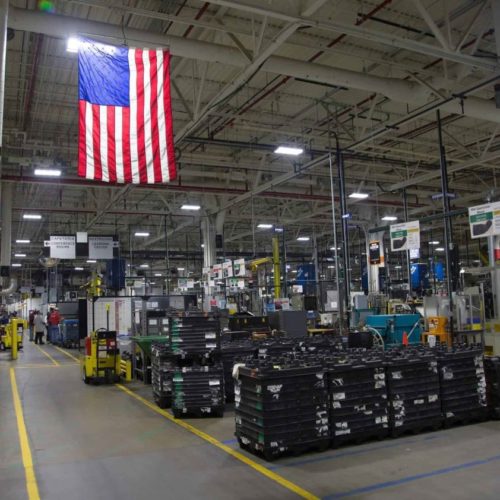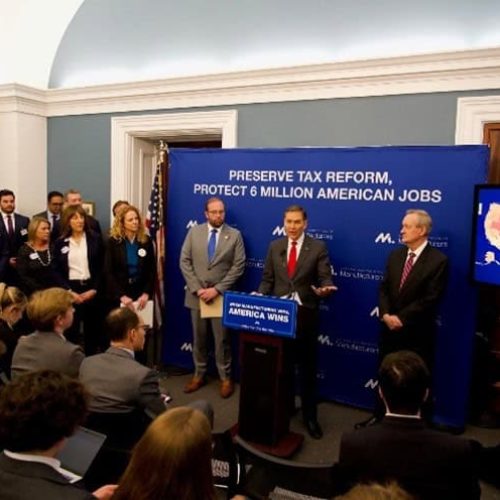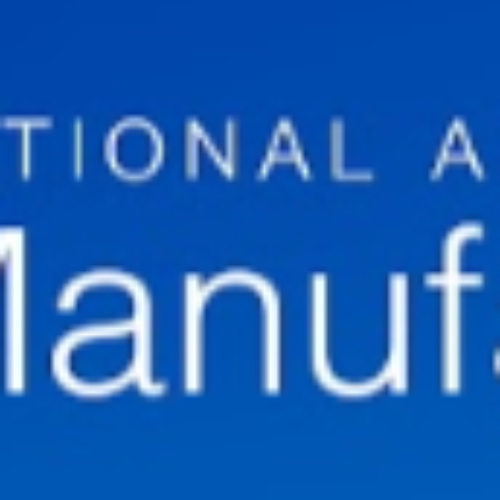Stainless Steel Products appoints new Director of Sales/Operations
Stainless Steel Products has appointed industry veteran Michael Fredrickson as Director of Sales/Operations, an accomplished leader whose influence extends over
Read More
Stainless Steel Products has appointed industry veteran Michael Fredrickson as Director of Sales/Operations, an accomplished leader whose influence extends over
Read More
Following House passage of H.R.1, the “One Big Beautiful Bill Act,” National Association of Manufacturers President and CEO Jay Timmons
Read More
Bill Reflects Full Range of Manufacturing Priorities The National Association of Manufacturers has commended Chairman Jason Smith (R-MO) and the
Read More
By Adam Grabowski Director of Marketing, Global Shop Solutions It has been five years since the COVID pandemic dealt its
Read More
The NAM Backs President Trump’s Executive Order 14219 with Policy Proposals to Reconsider Dozens of Costly Regulations Stifling Growth and
Read More
By Lisa Anderson In the second half of 2024, manufacturers in the U.S. and Mexico were in contraction according to
Read More
The National Association of Manufacturers announced that Johnson & Johnson Executive Vice President and Chief Technical Operations & Risk Officer
Read More
Portfolio Includes Communications and Public Affairs The National Association of Manufacturers (NAM) announced the addition of former Transportation Security Administration
Read More
The National Association of Manufacturers released its Manufacturers’ Outlook Survey for Q4 2024, which illustrates that even with ongoing economic
Read More
Hospeco Brands Group executive vice president Bill Hemann will retire on Dec. 31, 2024, but plans to stay on in
Read More